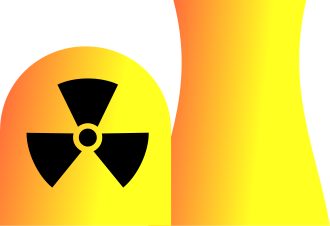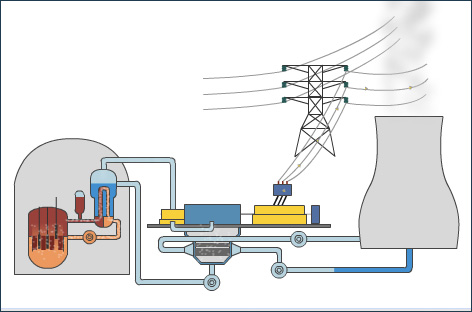(nuclear power)
The heart of a nuclear power plant (thermoelectric radioisotope generator)
Researcher and author: Dr. ( Afshin Rashid)
Note: A radioisotope thermoelectric generator has no moving parts and is designed to directly convert heat into electricity. As heat from a gas burner moves through a thermoelectric module, it creates an electrical current.
(radioisotope thermoelectric generators) are hybrid and renewable energy compatible solutions including solar compatible systems and support for hybrid hydrogen and natural gas fuel sources.
(radioisotope thermoelectric generator) is a device that converts mechanical energy obtained from an external source into electrical energy as an output. It is important to understand that a generator does not actually create electrical energy. Instead, it will produce electricity as the output of the system by using the supplied mechanical energy and by creating movement and generating electrical charge in the coils in the electrical circuit. This current is the electric charge of the electric current supplied by the generator. Generators are used in many different machines and have led to many modern developments. In our future, electric generators may become smaller and with larger outputs. In some cases, though, they may make electrical energy directly produced by an alternative energy source obsolete. Other types (radioisotope thermoelectric generator) Based on other electrical phenomena such as piezoelectric and magnetohydrodynamics. The construction of dynamo is similar to that of an electric motor, and all common types of dynamo can work as motors. Motors and electric generators have many similarities with each other in many ways. In an electric generator, the axis is rotated by a mechanical factor, such as a turbine or machine, and a driving force is induced in the coil. If the generator is connected to the external circuit, the electric current is obtained from the outputs of the generator.
(radioisotope thermoelectric generator) They have many common points and similarities. These mechanical power generators can be steam turbines, water turbines, wind turbines, or even combustion engines. Electrostatic generators follow principles called electrostatics and produce electrical power. These types of electricity generators already From the discovery of the relationship between electricity and magnetism, they provided electric power. These electric generators produce low current and high voltage. These generators produce electric power through two methods. This method for producing electric power requires a lot of money for insulation, and for this reason, they cannot be used in practical applications and electric energy production, and they have very low efficiency. These generators produce electricity through friction. Examples of This generator is still used.
Conclusion :
A radioisotope thermoelectric generator has no moving parts and is designed to convert heat directly into electricity. As heat from a gas burner moves through a thermoelectric module, it creates an electrical current.
Researcher and author: Dr. ( Afshin Rashid)
Specialized doctorate in nano-microelectronics






